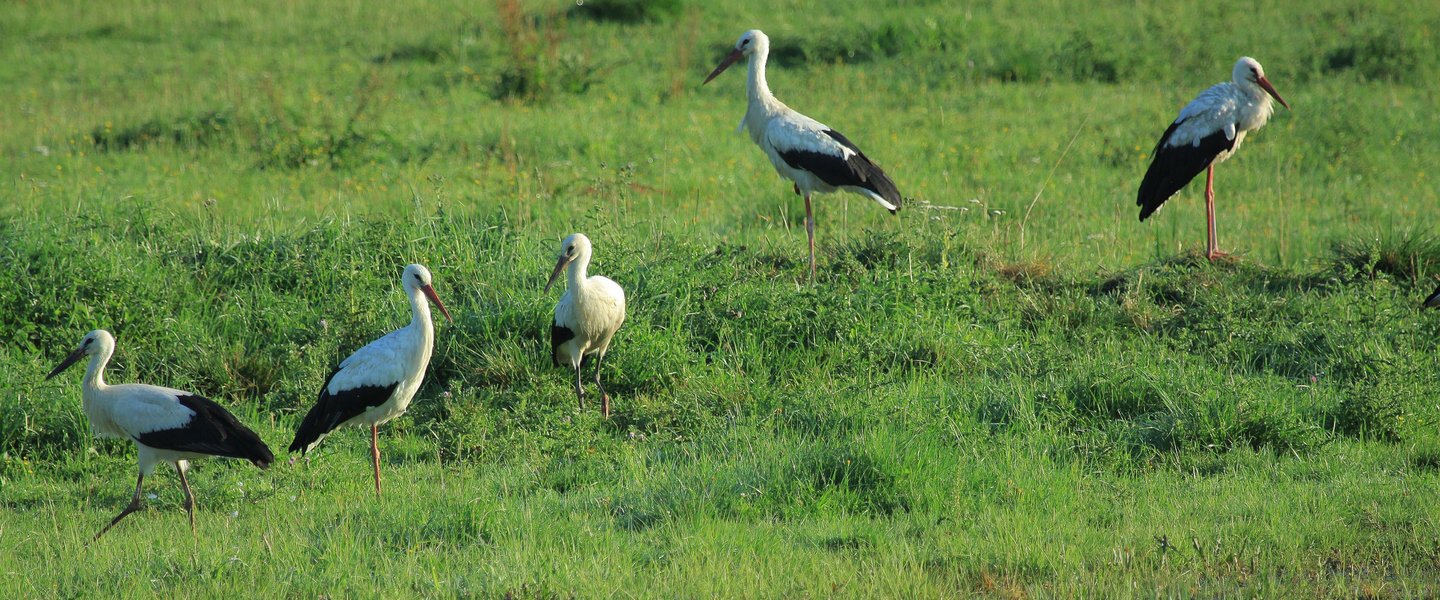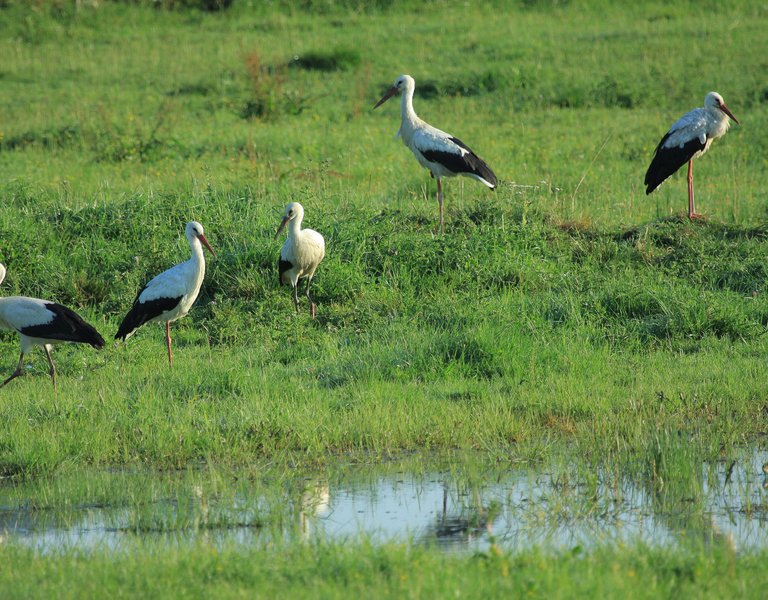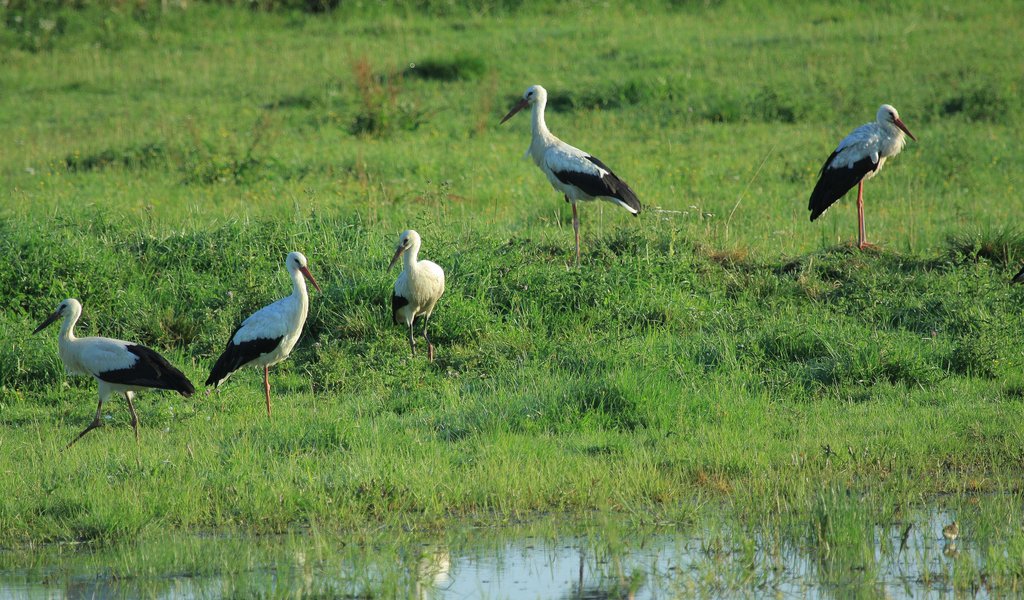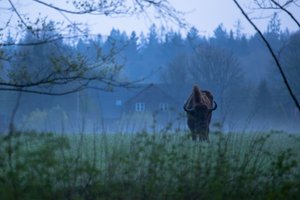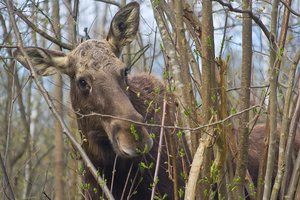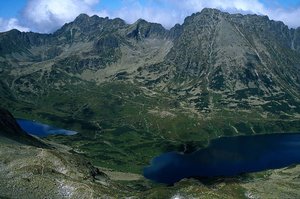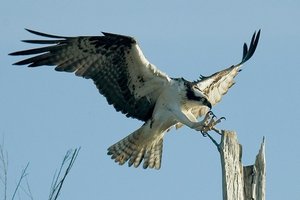Rushing to the rescue of wild animals
Many rare and protected animals live in Poland. Private centres are being created with an aim of rushing to the rescue of wild species.
Nowadays several dozen specialised rehabilitation centres help wild animals in Poland. Many of them are supported by the State Forests and managements of national parks, but an increasing number of these stations are run by private persons involved in nature conservation.
“It all started with a veterinary clinic run by my father, where people brought injured or sick animals of protected species which no one else in this area was able to take care of,” Radosław Fedaczyński, a veterinarian co-managing the Rehabilitation Centre of Protected Animals in Przemysl, told Poland.pl. “Due to the proximity of the Bieszczady Mountains and forested areas of the Subcarpathia, roe deer, foxes, deer, storks and even lynxes and bears have been brought to us.”
The forests of Subcarpathia and Bieszczady are areas with Poland's largest populations of bears, wolves, lynxes, deer and roe deer, and wild birds such as buzzards and white-tailed eagles. They are threatened by the expanding neighbourhood of people, namely the constantly extending network of roads and fencing covering large stretches of land.
Therefore, shelters such as the Rehabilitation Centre of Protected Animals in Przemysl are becoming more necessary. It admits animals not only from the Podkarpackie Province, but also from the neighbouring Malopolska, Świętokrzyskie and Lublin provinces. The Fedaczyński family veterinary clinic supported by the foundation has grown to a centre which employs about 15 people and through which nearly 600 animals pass through each year, of which about 60 per cent returns to nature. Next to the clinic, there is an emergency room for roe deer with a roe deer nursery, a separate area with mounds for the nests of crippled storks, a house for lynx, aviaries for owls and a hang glider to teach larger birds to fly.
“Lynxes are brought to us on average once a year, but we must be prepared for such situations, which is why we built a special room for them,” says Dr. Fedaczyński. “Likewise with bears, for whom we want to open an emergency service, the only one in Poland. For now, we cannot admit animals weighing more than 100 kg. We are also thinking of building a large hang glider for white-tailed eagles.”
Word of the centre has spread in the neighbourhood, so in addition to Polish fauna it also admits exotic animals, such as anaconda and a marmoset monkey. “We take care of all animals, without distinctions,” emphasises Dr. Fedaczyński.
A lot of Polish rehabilitation centres specialise in the care of a particular class or species of animals. The largest group are the centres helping birds, of which there are over 20 in Poland. One of the most active is the Bird Asylum located in the Warsaw Zoo, which admits about 2,500 bird patients a year.
There are also several dozen centres treating and rehabilitating hedgehogs.
“Hedgehogs enjoy popularity in Poland and people's approach to their protection is ever more conscious, especially that in recent years hedgehogs have clearly been settling in urban areas,” Jerzy Gara, who runs the Hedgehog Rehabilitation Centre “Jerzy dla jeży” [Jerzy for hedgehogs] in Kłodzko, told Poland.pl. “A large problem are the so-called autumn orphans, namely hedgehogs born in the late summer whose mothers are unable to feed them before winter, and therefore abandon them. Such hedgehog babies should receive professional care immediately.”
The adventure of Jerzy Gara with these animals began with the orphans which he found on his plot. In 2010, he had so many hedgehog wards that he decided to register his activity and set up a foundation financing it. He emphasises that even though not everyone can provide professional help to hedgehogs, everyone has a duty to show concern for an animal in need and deliver it to a specialised centre qualified to hold protected species during the convalescence.
“In 2014, about a hundred hedgehogs were brought to me,” says Jerzy Gara. “I assigned about 30 sq. m in the farm building for their boxes and set pens for animals being prepared for release in the garden.” The authorities of Kłodzko equipped the “Jerzy dla jeży” centre with an incubator for newborns as well as a microscope and an otoscope to examine the animals for parasites. Professional care of the animals is also provided by veterinarian Katarzyna Ptak, who co-manages the centre and is currently preparing a Ph.D. dissertation on parasitic diseases of hedgehogs.
“The needs of our hedgehogs continue to grow, so I am thinking about expanding the centre,” says Jerzy Gara. “Hedgehogs unite people, and thanks to this what we do is met with kindness and generosity.”
Aleksandra Stanisławska
22.02.2016
